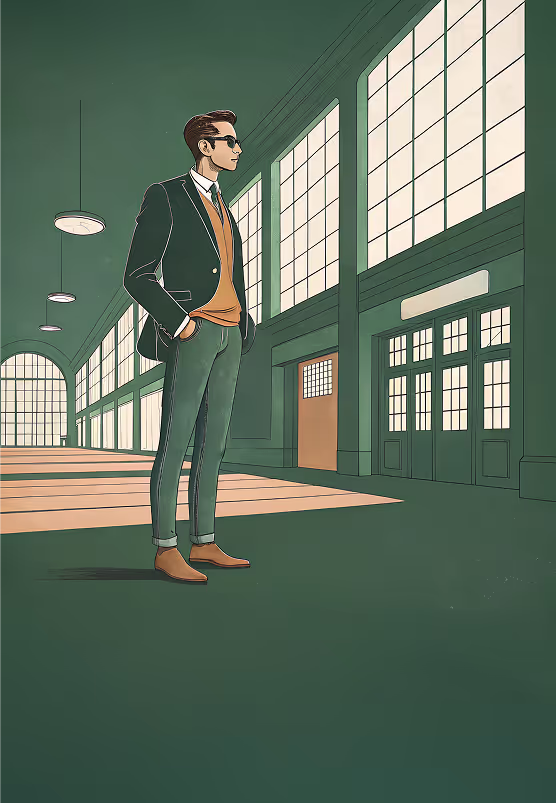As AI platforms bypass traditional web traffic, publishers face an existential threat. This article explores how history is repeating—and why new models like BYOL and metered data use are essential for survival.
This final article in a four-part series lays out a vision for what the future of books with AI could look like, outlines a 6 part plan of what needs to change, and provides a CTA on how to get involved
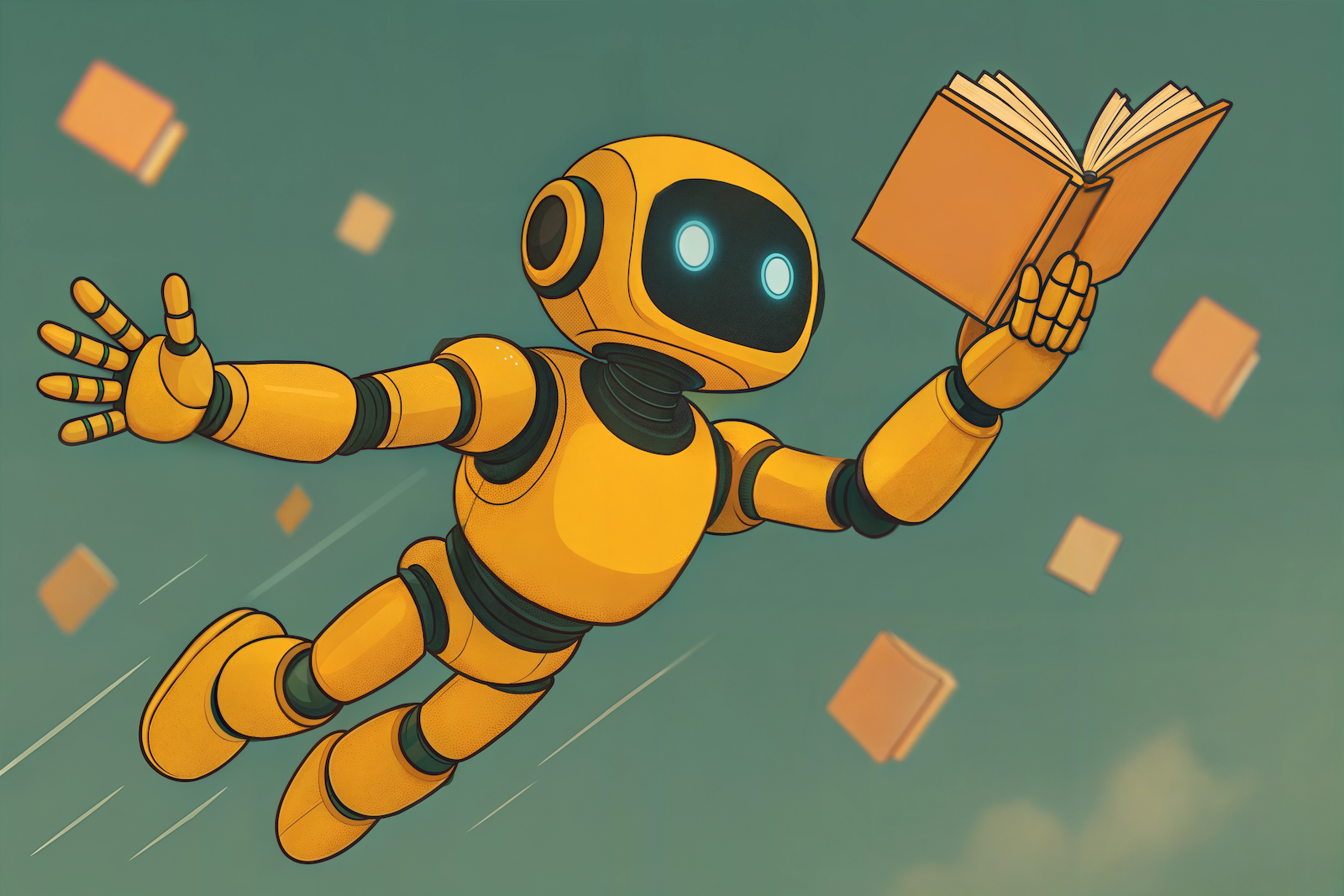
.jpg)
As AI platforms bypass traditional web traffic, publishers face an existential threat. This article explores how history is repeating—and why new models like BYOL and metered data use are essential for survival.
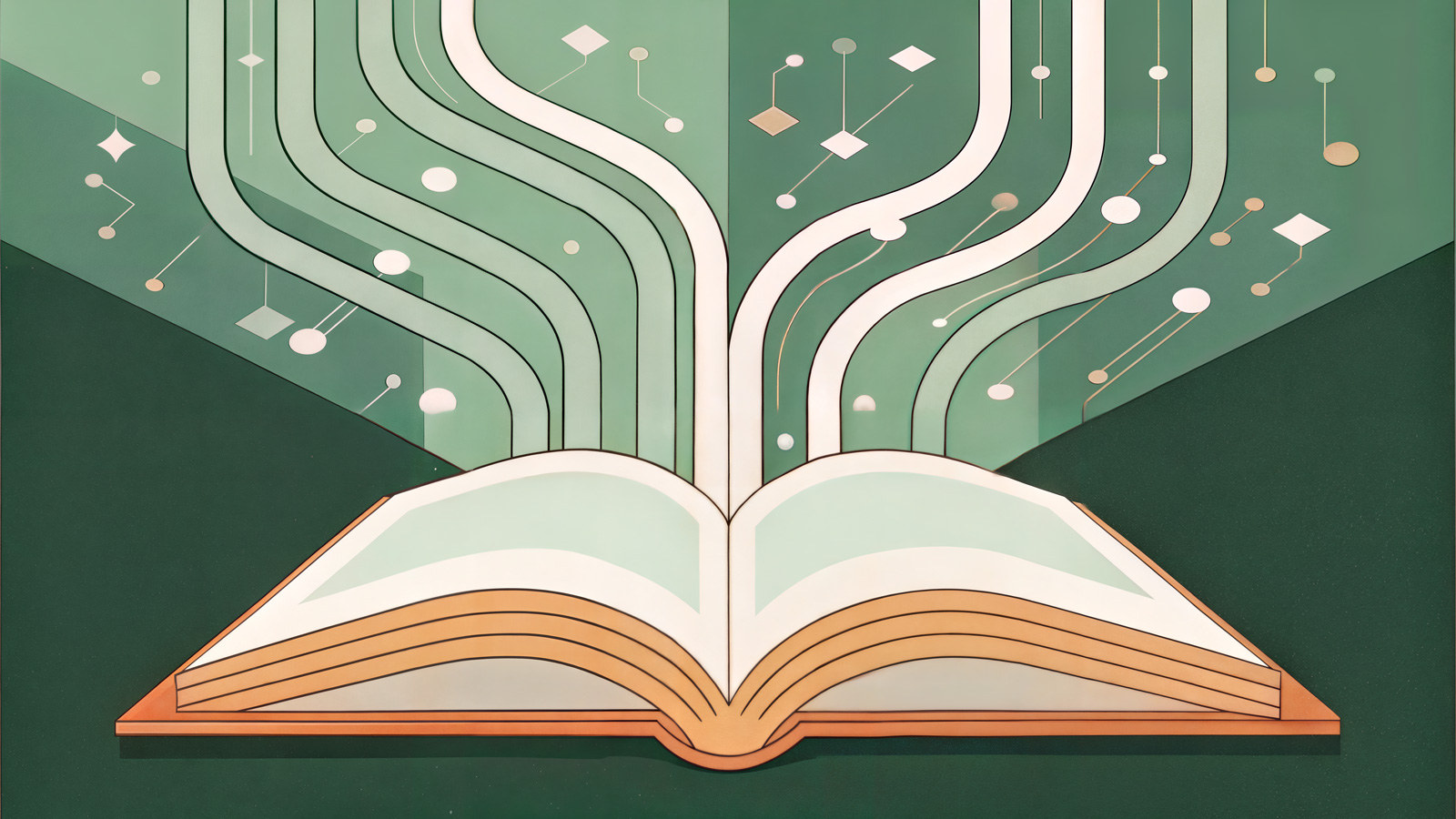
As AI changes user behavior, traditional publisher monetization strategies are failing because content is consumed without direct website visits. Two new models, Bring Your Own License (BYOL) and Metered Access, offer solutions. BYOL validates existing content access for new AI interfaces, while Metered Access allows publishers to monetize micro-interactions and casual content use, providing flexibility for publishers to combine both strategies.

This article introduces premium tokens—high-quality, well-structured text sequences that make AI more accurate, grounded, and trustworthy. Not all tokens are equal; those from authoritative, semantically rich sources perform better. Cashmere offers a framework to classify content by editorial quality and structure, helping publishers turn existing archives into machine-readable assets. Premium tokens aren’t just better data—they're a strategic edge in the AI era.

This final article in a four-part series lays out a vision for what the future of books with AI could look like, outlines a 6 part plan of what needs to change, and provides a CTA on how to get involved
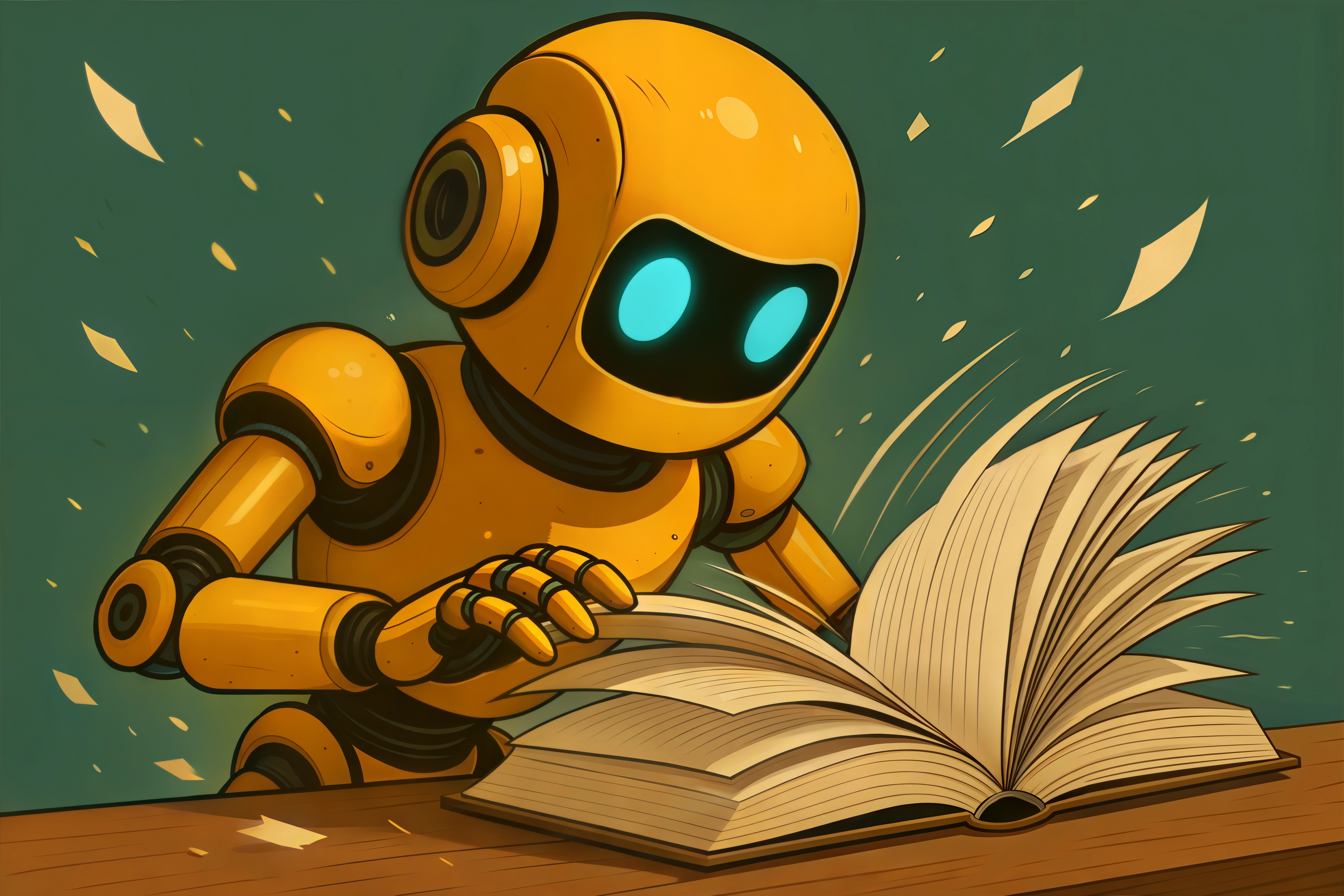
This third article in a four-part series discusses where the established content licensing models break for books and makes the case for why this is a problem worth solving properly
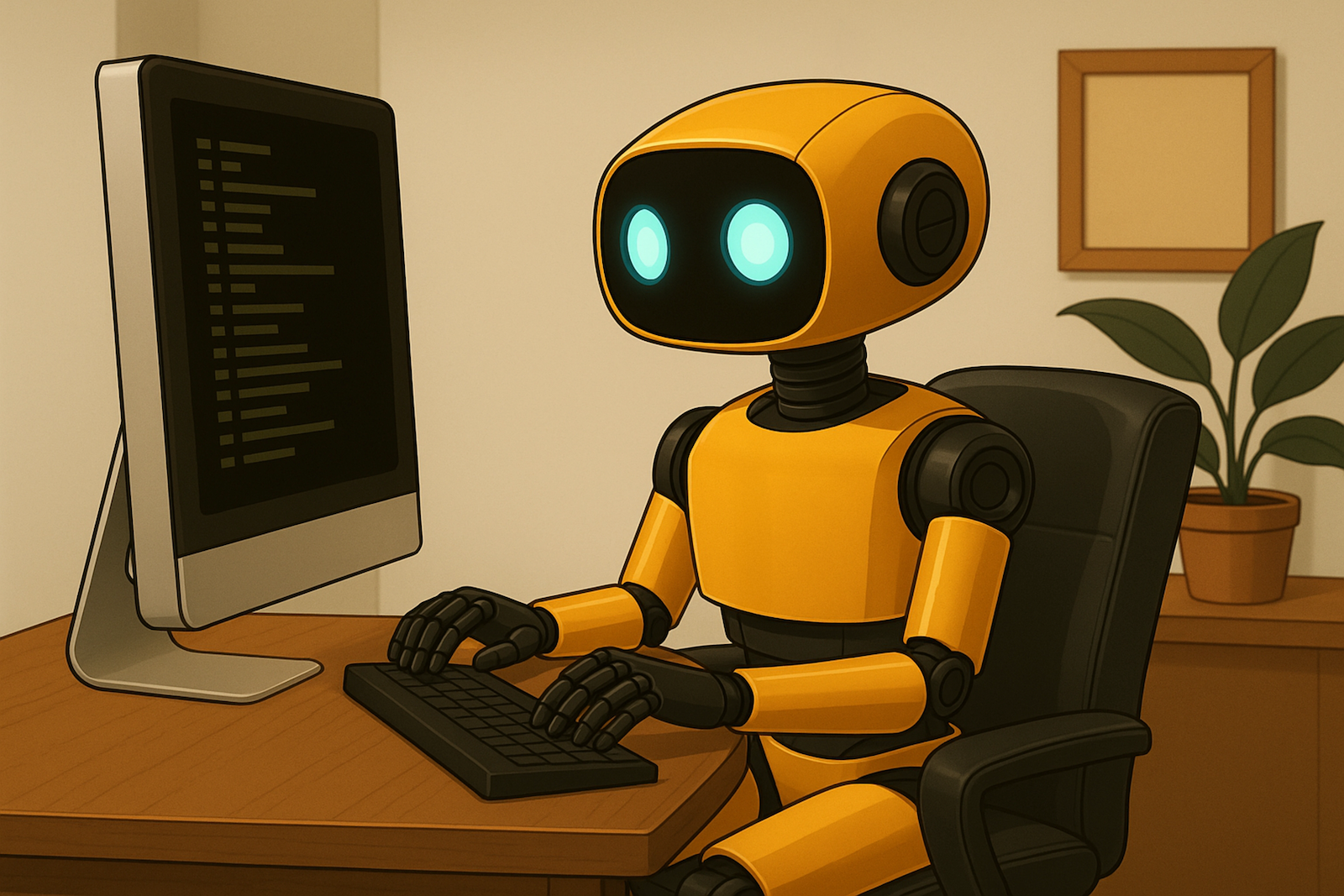
This second article in a four-part series analyzes the partnerships Digital Publishers have made with AI companies and sets the stage for why these partnerships won’t work for Book Publishers
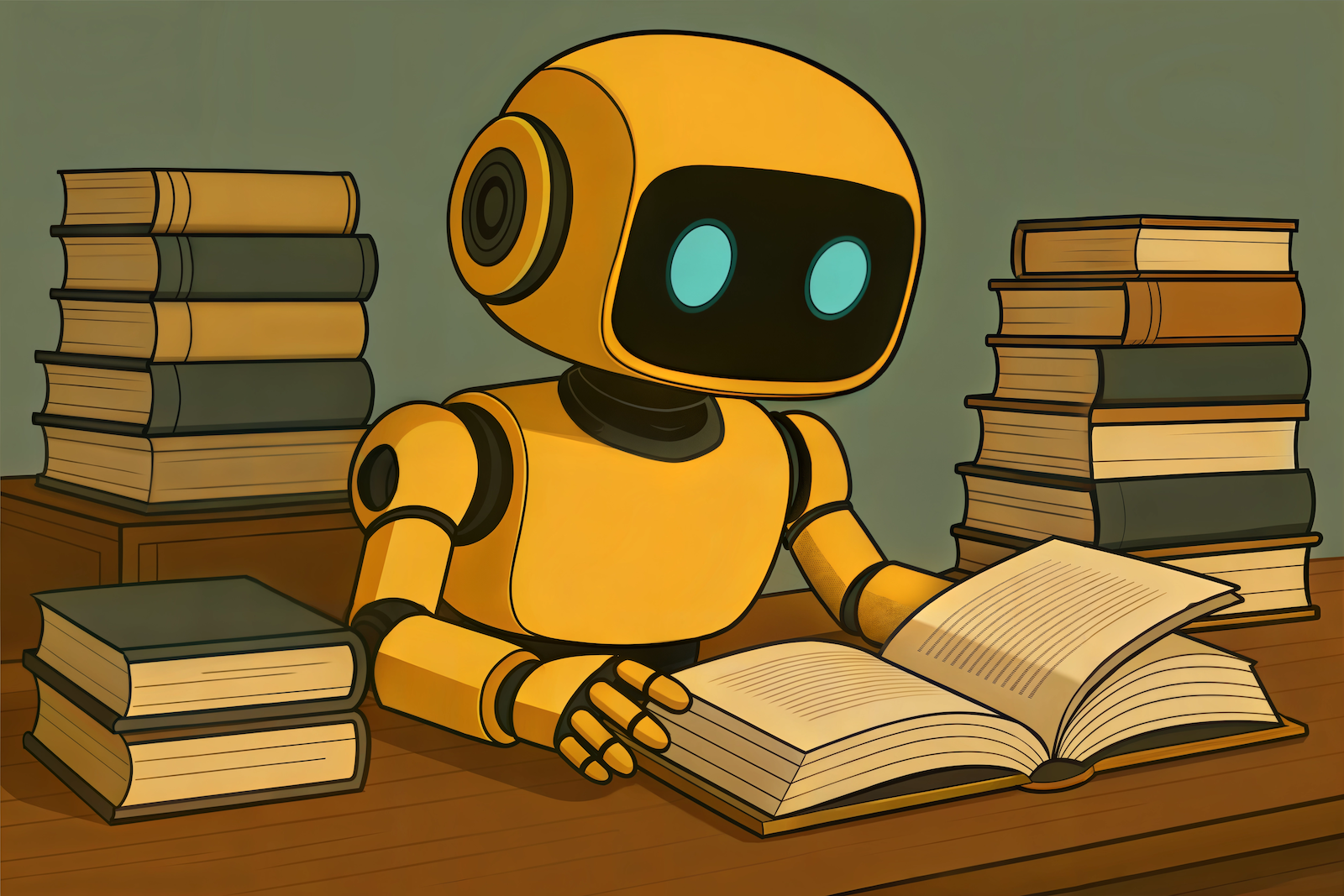
This first article in a series of four sets the stage and outlines the key concerns that need to be addressed for AI and books to have a future together
